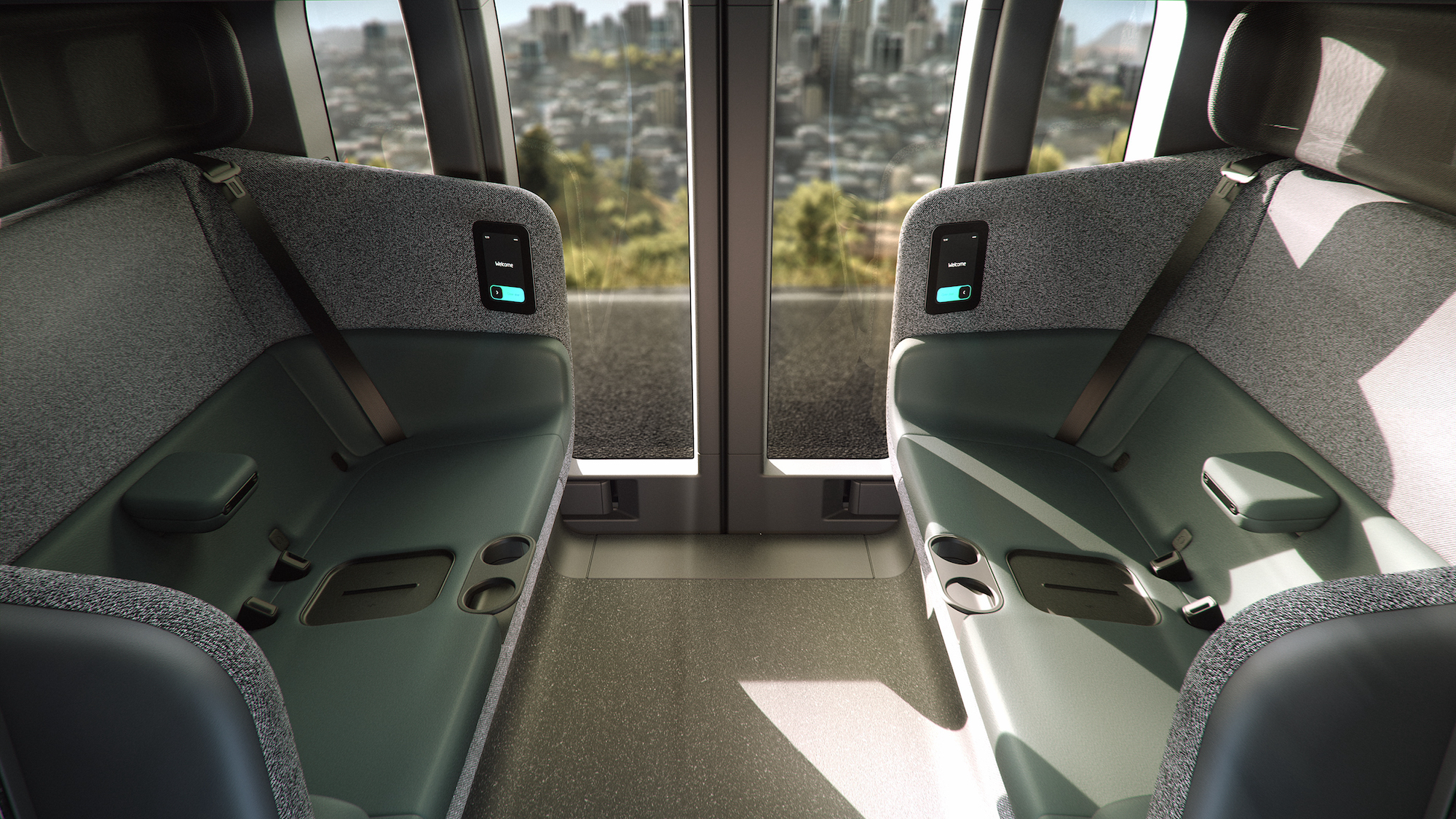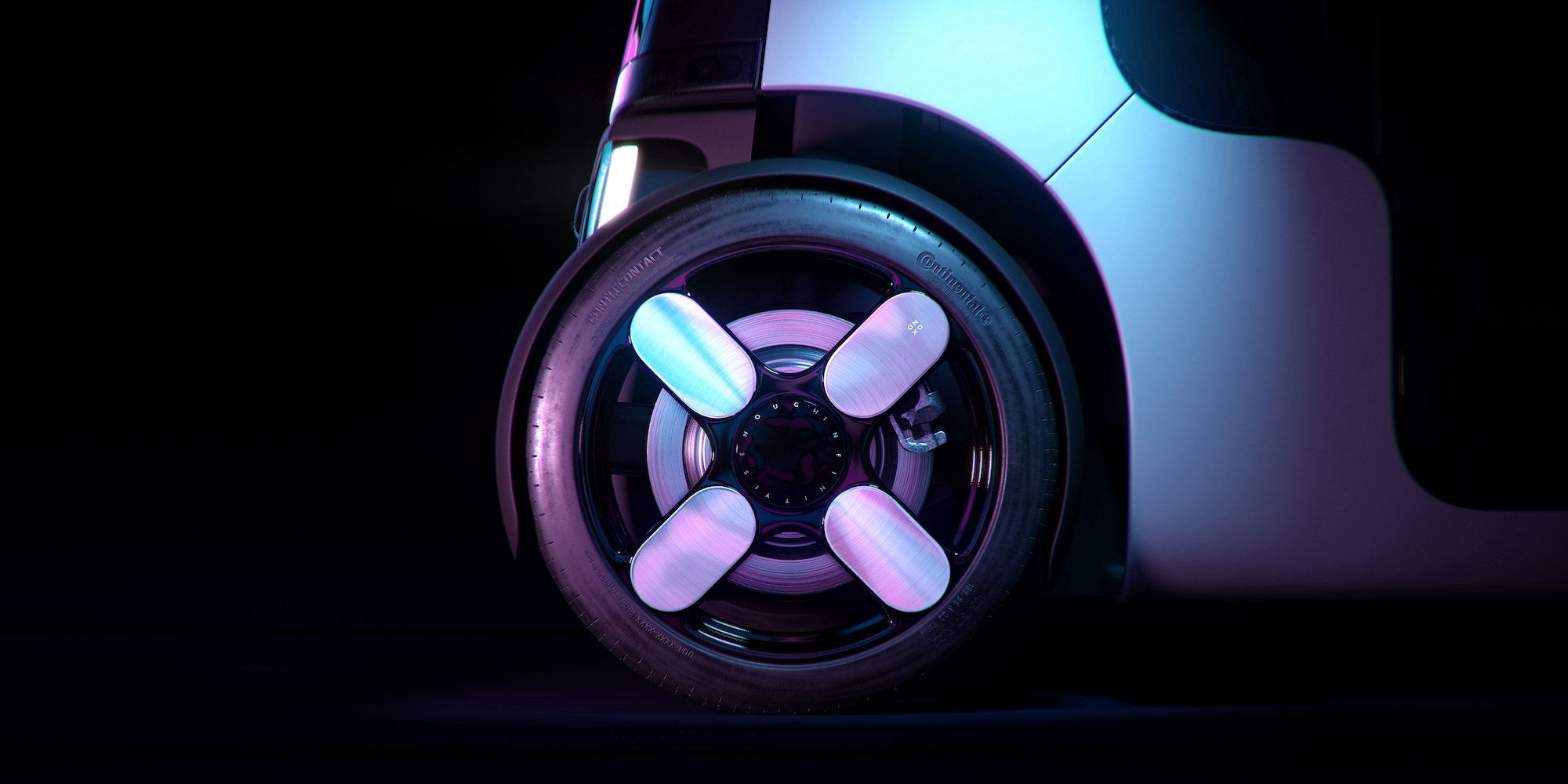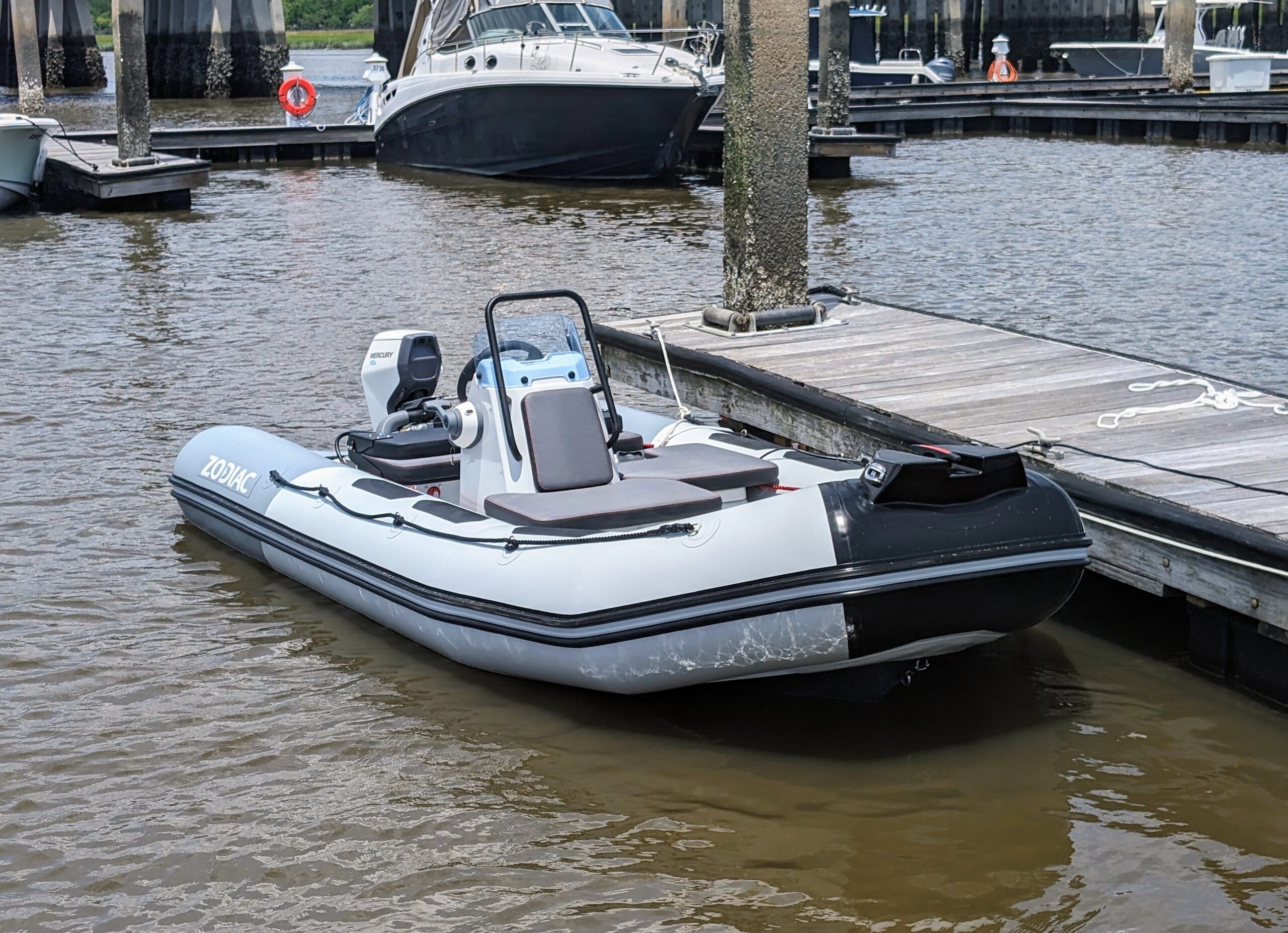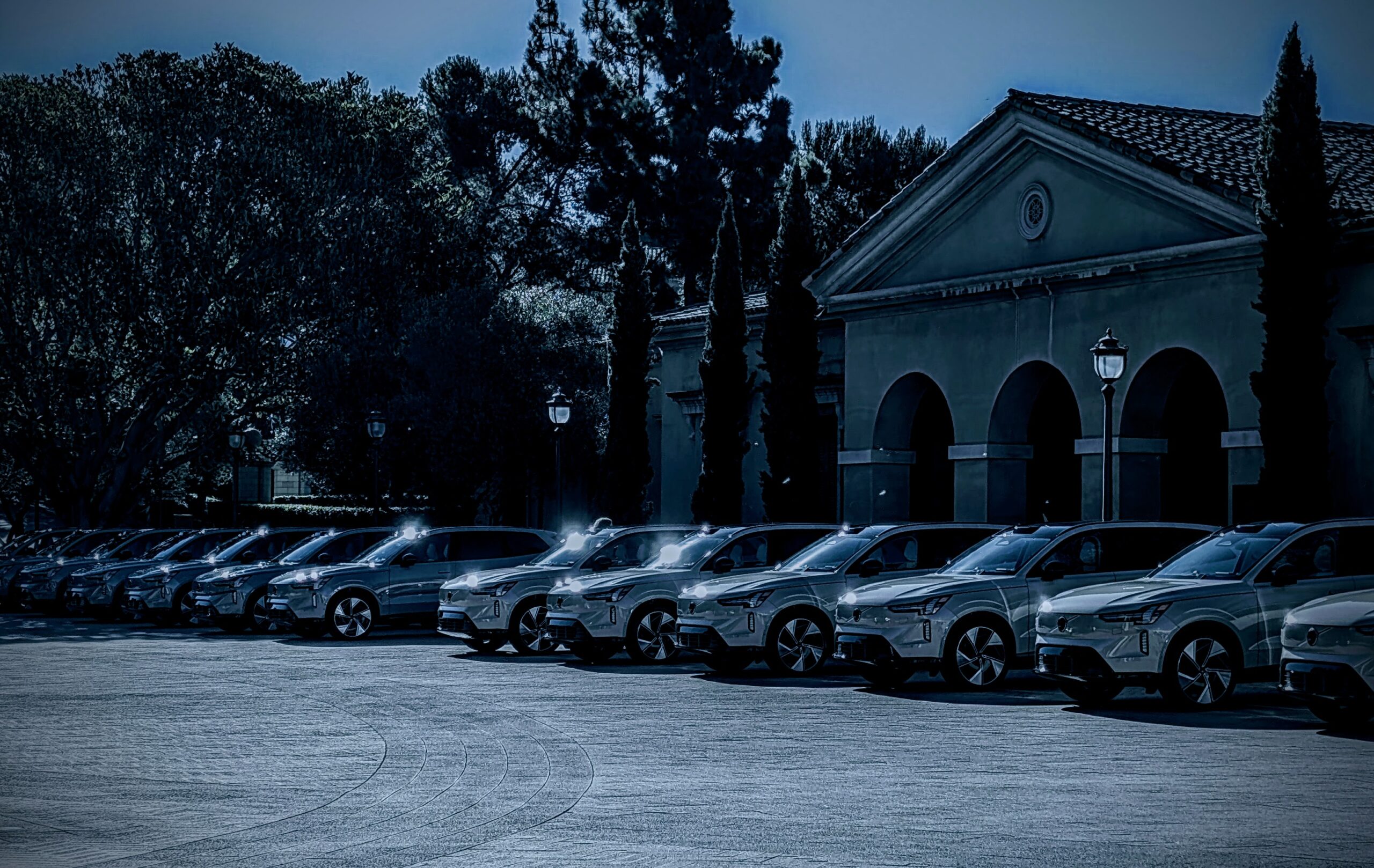
Three years ago, in late June 2020, I wrote about Amazon buying the robotaxi startup Zoox. If you missed that story or don’t remember it well, I recommend reading it first for some useful background on who Zoox is, or was.
This year, while many robotaxi companies and projects have either folded or scaled back, one might think that Amazon and Zoox have been doing the same. However, the opposite has been true! Zoox increased its employee headcount 16% this year, Reuters reports. “Zoox’s headcount has grown to about 2,200, up from 1,900 at the beginning of the year, Chief Technology Officer Jesse Levinson told Reuters.” The small self-driving company within the giant known as Amazon is also expanding service, somewhat.
Earlier this year, in February, Zoox robotaxis hit the streets of California. Unlike Cruise and Waymo, which are clearly ahead of the pack (but have their own hurdles to overcome), these Zoox robotaxis are being used right now just to shuttle employees around. That’s been the story in Foster City where Zoox is based.
Now, Zoox is expanding that robotaxi service. It’s still only going to be for employee use, but employees now have access to the robotaxis in the city of Las Vegas, Nevada. On June 16, Zoox robotaxis began operating for employee use there — no drivers, no pedals, no steering wheels.
Notably, this is “the first time a fully driverless purpose-built robotaxi has operated autonomously on public roads in the state of Nevada,” Zoox writes. “We’re kicking things off with a one-mile loop around the neighborhood where our Las Vegas HQ is located, and we will expand over the coming months. Our robotaxis can transport four people at a time along this public route, at speeds up to 35 mph. The first riders are Zoox employees, and what we learn from these journeys will help us build our future public service.”
I know, I know — 35 mph, only employees, and just a one-mile loop. Well, it’s a start. How quickly and how well Zoox can expand service — both for its employees and then later for the broader public — is what will determine if Zoox and Amazon have a golden egg in their barn or just another expensive robotaxi experiment. Naturally, for now, all outward communications from Zoox will imply that it is advancing in a satisfactory way and will be a relevant competitor in the robotaxi space in time.
“Deploying our robotaxi on open public roads in California and now Nevada is a big step for Zoox. Driving autonomously in these two unique but equally challenging locations will provide us with invaluable learnings as we fine-tune our technology in preparation for commercial launch,” said Jesse Levinson, cofounder and CEO of Zoox.
The good news is, the company’s marketing team is clever, too. “What Zoox learns in Vegas, won’t stay in Vegas,” they state.
Photos courtesy of Zoox
I don’t like paywalls. You don’t like paywalls. Who likes paywalls? Here at CleanTechnica, we implemented a limited paywall for a while, but it always felt wrong — and it was always tough to decide what we should put behind there. In theory, your most exclusive and best content goes behind a paywall. But then fewer people read it! We just don’t like paywalls, and so we’ve decided to ditch ours. Unfortunately, the media business is still a tough, cut-throat business with tiny margins. It’s a never-ending Olympic challenge to stay above water or even perhaps — gasp — grow. So …








